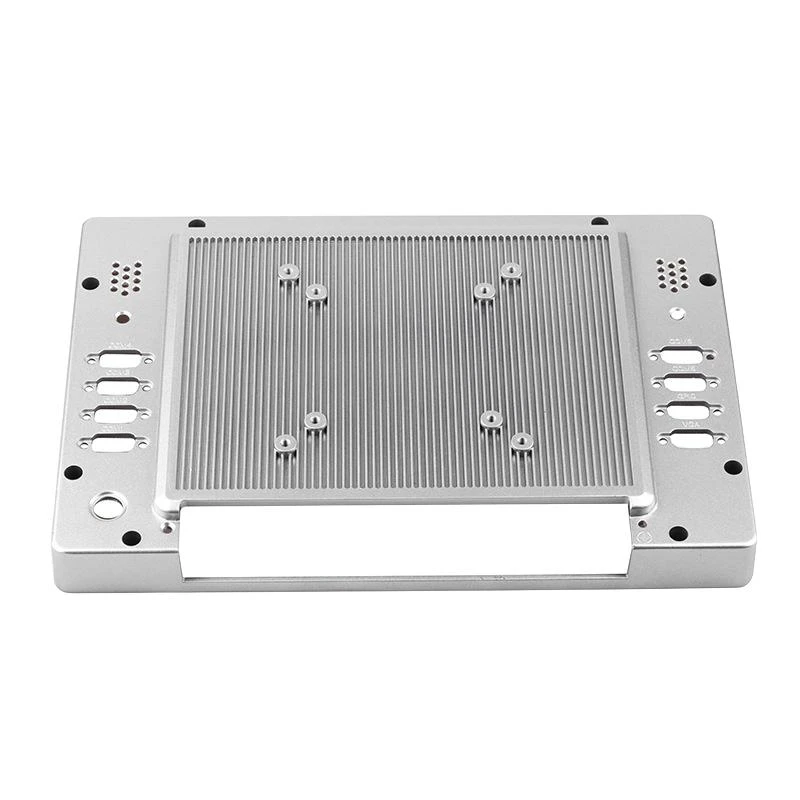stamping car parts
The Evolution and Importance of Stamping Car Parts in Modern Manufacturing
In the rapidly advancing world of automotive manufacturing, stamping car parts has emerged as a crucial process that combines precision engineering with innovative design. Stamping, a method of shaping metal using dies and presses, plays a pivotal role in the production of car components. This article explores the significance of stamping in the automotive industry, its technological advancements, and its impact on vehicle design and safety.
Understanding Stamping in Automotive Manufacturing
Stamping is a cold-forming process widely used in the automotive sector to create a variety of components, including body panels, brackets, and structural parts. During this process, metal sheets are placed in a stamping press, where they are shaped into desired configurations using high-pressure tools known as dies. The precision of stamping allows for the production of complex shapes that meet the strict tolerances required in automotive applications.
One of the primary advantages of stamping is efficiency. Once the dies are fabricated, high-volume production can be achieved with minimal lead times. This is particularly important in the automotive industry, where manufacturers face ongoing pressure to reduce costs while maintaining high-quality standards.
The Role of Stamping in Vehicle Design
As cars evolve toward more advanced models — including electric and hybrid vehicles — the demand for lightweight, yet durable components has increased dramatically. Stamping technology has evolved in response to this trend. Modern stamping techniques allow manufacturers to use advanced materials, such as high-strength steel and aluminum, which contribute to improved fuel efficiency and overall vehicle performance.
Moreover, stamping enables designers to integrate lightweight structures into their vehicle designs without sacrificing safety. Innovative techniques, such as progressive stamping and deep drawing, can produce components with intricate geometries that enhance both aesthetic appeal and structural integrity.
Safety and Compliance
stamping car parts

Alongside the aesthetic aspects, safety is paramount in automotive design. Stamped parts contribute significantly to the overall safety of vehicles. Components like crumple zones and reinforced pillars, manufactured through stamping, are crucial for absorbing impact during collisions, thereby protecting passengers. Stamping also offers the ability to reinforce specific areas of a vehicle while minimizing weight, which is essential for both safety and fuel economy.
Automotive manufacturers must also comply with stringent safety regulations, and stamped parts can be engineered to meet these standards. With the help of advanced simulations and testing during the design phase, manufacturers can optimize stamped components for maximum safety performance.
Technological Innovations in Stamping
The automotive stamping industry has witnessed significant technological advancements in recent years. Computer-aided design (CAD) and computer-aided manufacturing (CAM) technologies have become integral to the stamping process. These tools allow engineers to design and test parts digitally, streamlining the production process and reducing waste.
In addition, automation and robotics have transformed stamping operations, increasing efficiency and precision. Automated stamping lines can reduce the risk of human error and enhance production rates, meeting the high demands of modern automotive manufacturing.
Furthermore, the integration of smart technologies has paved the way for more adaptive stamping processes. Sensors and real-time monitoring systems help ensure that each stamped part meets the required specifications, thus minimizing defects and maximizing quality.
Conclusion
The stamping of car parts is more than a mere manufacturing process; it is a crucial element in the development of safe, efficient, and innovative vehicles. As the automotive industry continues to evolve with the advent of new technologies and materials, stamping will remain a foundational technique that supports these advancements. By embracing modern techniques and prioritizing quality and safety, manufacturers can leverage stamping to create vehicles that meet the expectations of today’s consumers while addressing future challenges. As the industry moves forward, it is clear that stamping car parts will continue to be a key driver of progress in automotive manufacturing.
-
Precision Casting AI Solution with GPT-4-Turbo | Optimized QualityNewsAug.02,2025
-
Precision Sheet Metal Stamping Manufacturer | Fast & ReliableNewsAug.01,2025
-
OEM Sand Cast Pump Valve Fittings - Baoding Hairun Machinery And Equipment Trading Co., Ltd.NewsAug.01,2025
-
Custom OEM Impellers | High Efficiency & PrecisionNewsAug.01,2025
-
OEM Sand Cast Pump Valve Fittings - Baoding Hairun Machinery | Customization, Quality AssuranceNewsAug.01,2025
-
OEM Sand Cast Pump Valve Fittings - Baoding Hairun Machinery And Equipment Trading Co., Ltd.NewsAug.01,2025















